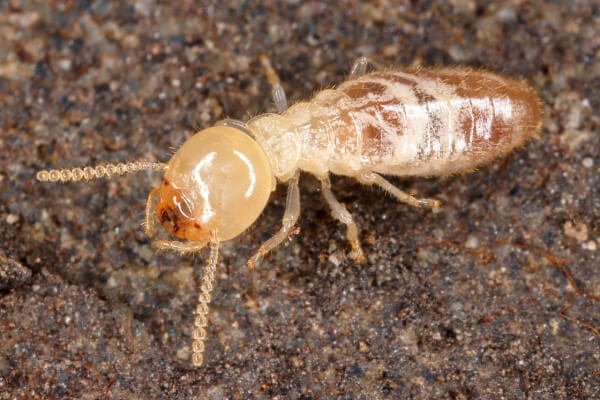
DIY vs. Professional Termite Control: Which is the Best Option for Your Situation?
Realizing that your home is dealing with an infestation of any kind can be enormously stressful. In addition to the potential hazards that come along with insects in the home– like bacteria or even structural damage– just knowing that your home is infested with unwanted critters can cause a lot of anxiety.
You’re probably here because you’ve got suspicions that your home is infested with termites, and you’re trying to figure out the next step. Relax– we’re here to help.
What are the signs of a termite infestation?
Looking closely around your house should help you determine whether you’re experiencing a problem with termites.
First, actually seeing the insects themselves– or their droppings– is most likely an indicator that you’re dealing with an infestation.
Have you recently noticed that doors or windows around your home are much more difficult to open or close? While this can occasionally be chalked up to changes in humidity, it can also be an indication of a termite infestation. Termites tend to seek out windows and door frames because the wood that they eat is easily accessible.
Once they’ve been snacking on the windows or door frames in your home, they’ll sustain damage– the wood is now warped, causing the difficulty you’re experiencing with opening and closing them.
You can also take a look at the walls around your home– while termites often stay hidden behind wallpaper or paint, they still leave telltale signs that will unmistakably expose an infestation. Some of these signs include the presence of tiny pinholes, paint that looks like it’s bubbling, or spots that resemble dents that weren’t there before.
Can I treat a termite infestation on my own?
Most people want to consider the possibility of DIY treatment first, before hiring a professional. We get it– you want to save money wherever you can.
Before getting into the nitty-gritty about which is better for your situation, you should first consider that DIY options typically are not nearly as effective as professional pest treatment services.
An ineffective DIY treatment prolongs the amount of time that termites are damaging your home– and when it comes to termites, you really don’t have much time to spare.
The longer you wait, the more structural damage they can cause. And repairing structural damage is definitely more expensive than pest treatment– just something to keep in mind.
If you want to try and handle the termite infestation yourself, using essential oils might be a good place to start.
Spraying diluted essential oils onto affected areas will discourage termites from eating the wood there– it won’t taste good to them anymore, and can discourage them from returning.
Another DIY option: borax powder. This is an effective deterrent for many different types of critters, including ants and bed bugs.
However, while these treatments might keep termites away from certain parts of your home, our professional opinion is that termite infestations are not a problem to DIY.
Why? Because termites can access parts of your home that you cannot– like the actual frame of your home.
A pest treatment professional has the right equipment and products to solve a termite problem for good, while DIY treatments unfortunately function more like a Band-Aid on the problem.
What should I do about my termite infestation?
If you’re dealing with a termite infestation, the best thing you can do is call pest control professionals as soon as possible. This is a problem that shouldn’t be put off– the structural integrity and safety of your home is at risk.
At Hopper Environmental Services, we’ve been handling unwanted pests since 1963. We’ve got it down to a science– and we love to help people feel safe and secure within their homes again. Simply give us a call today to get started. Your home (and your wallet, and your family!) will thank you.
